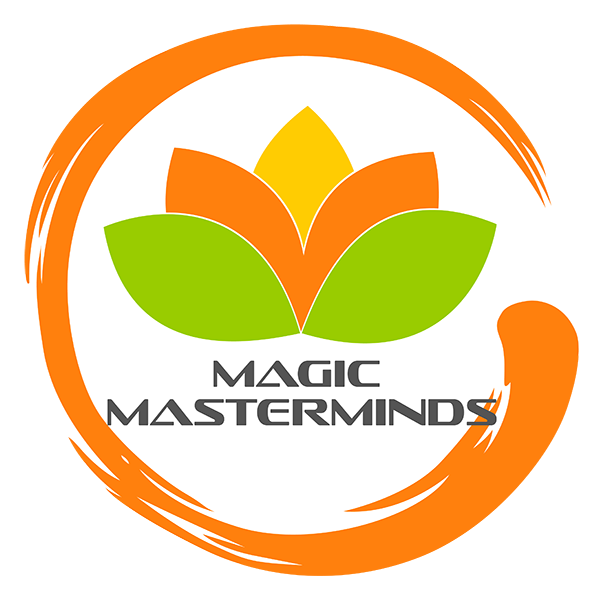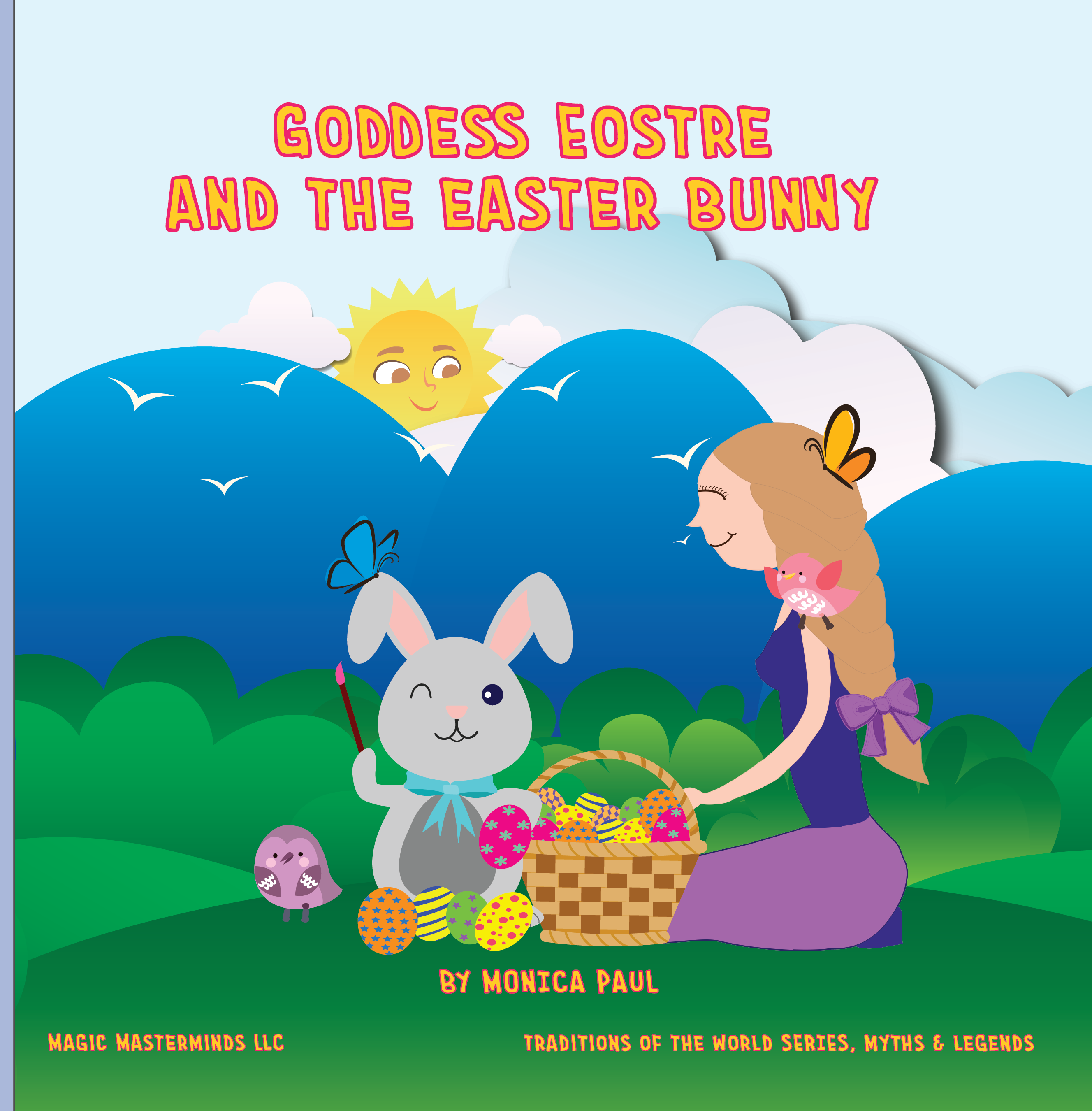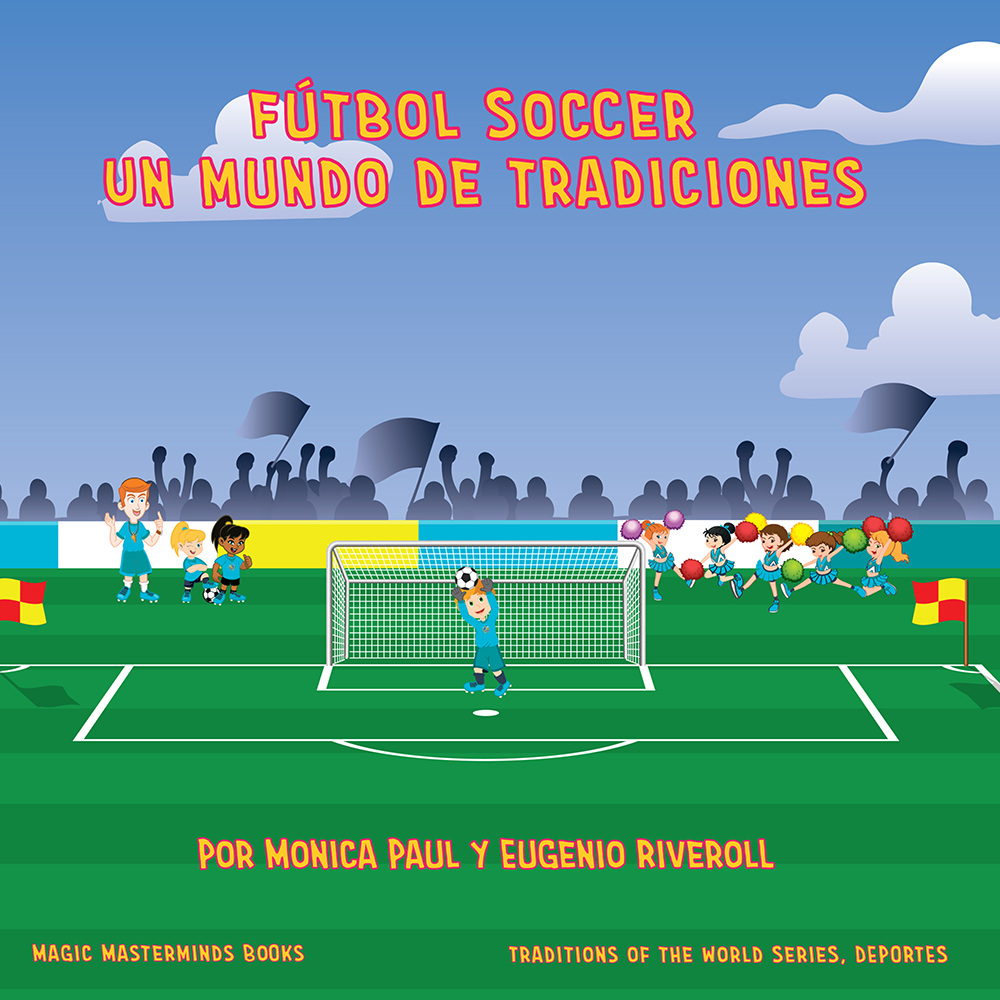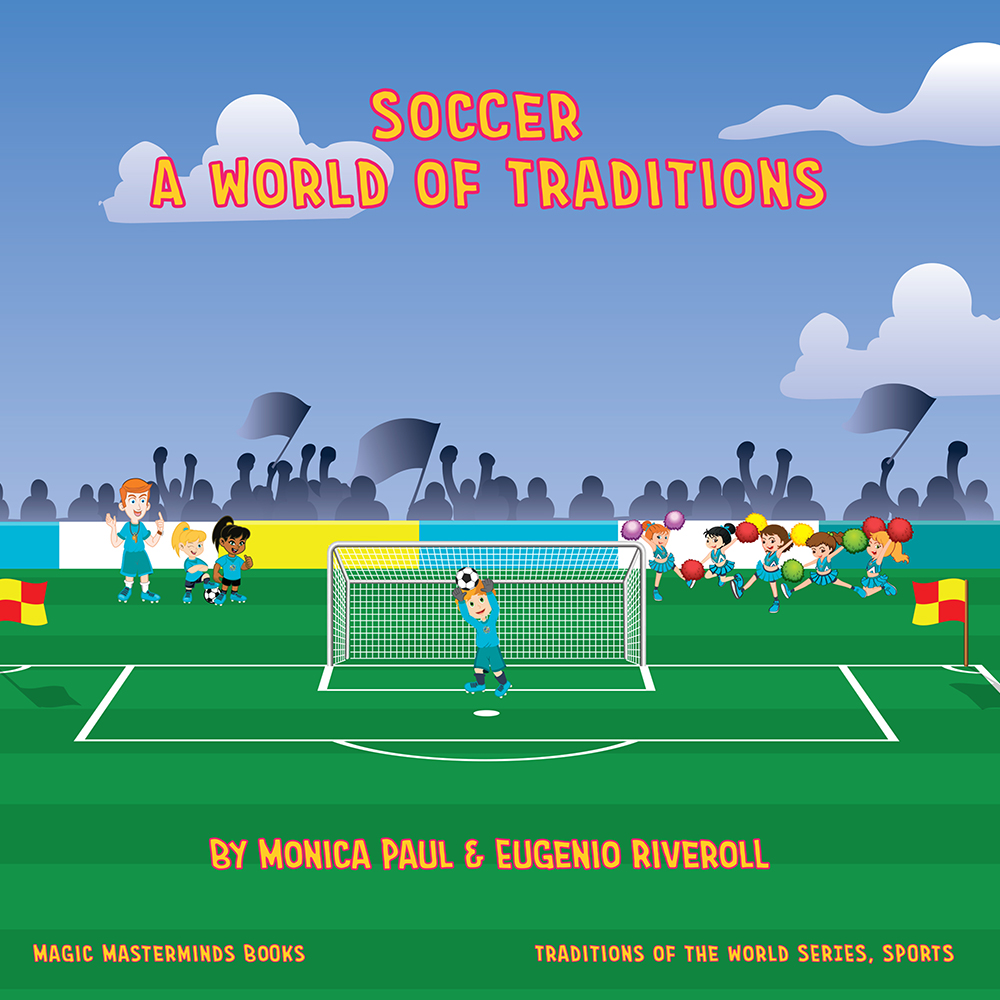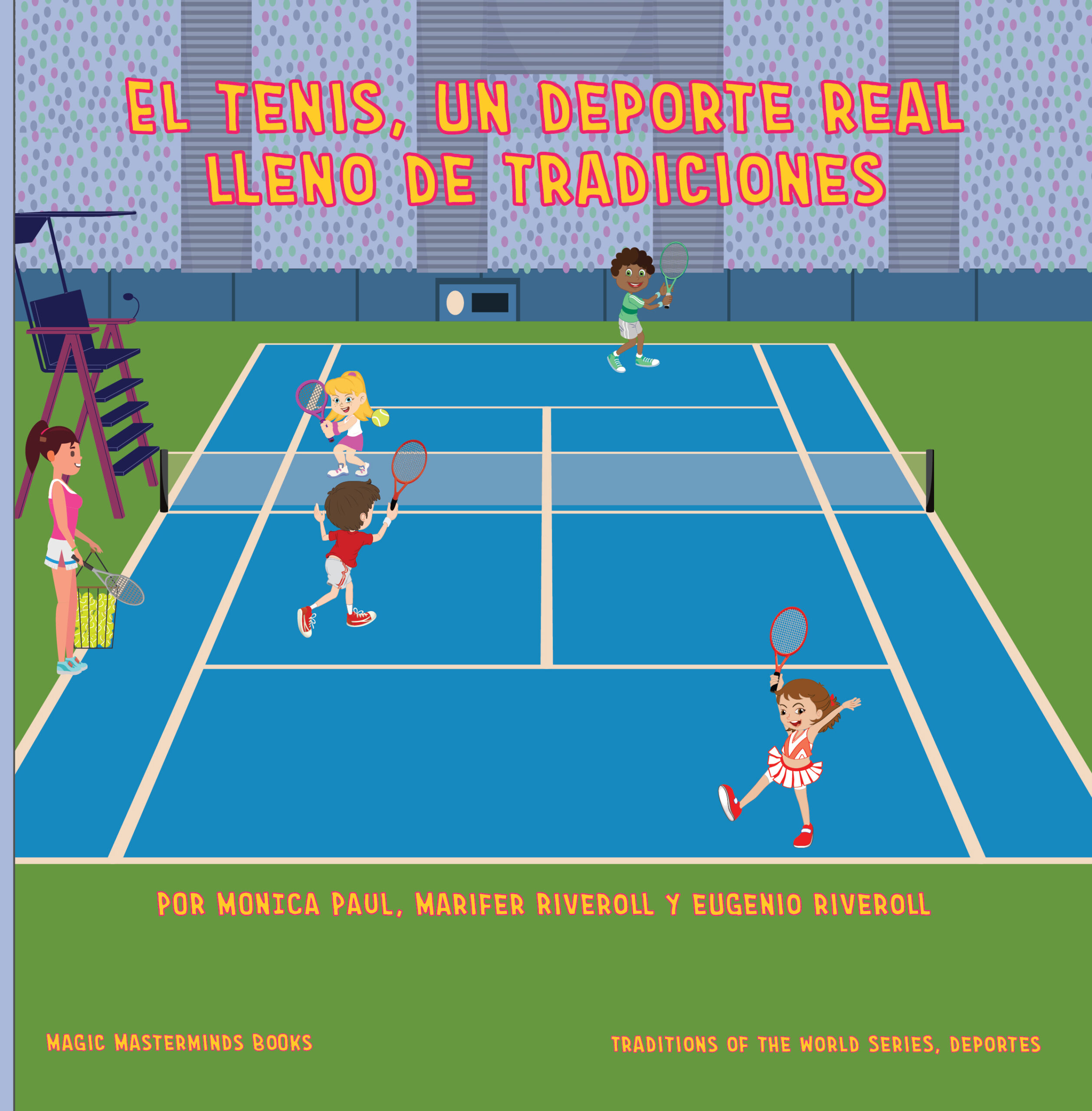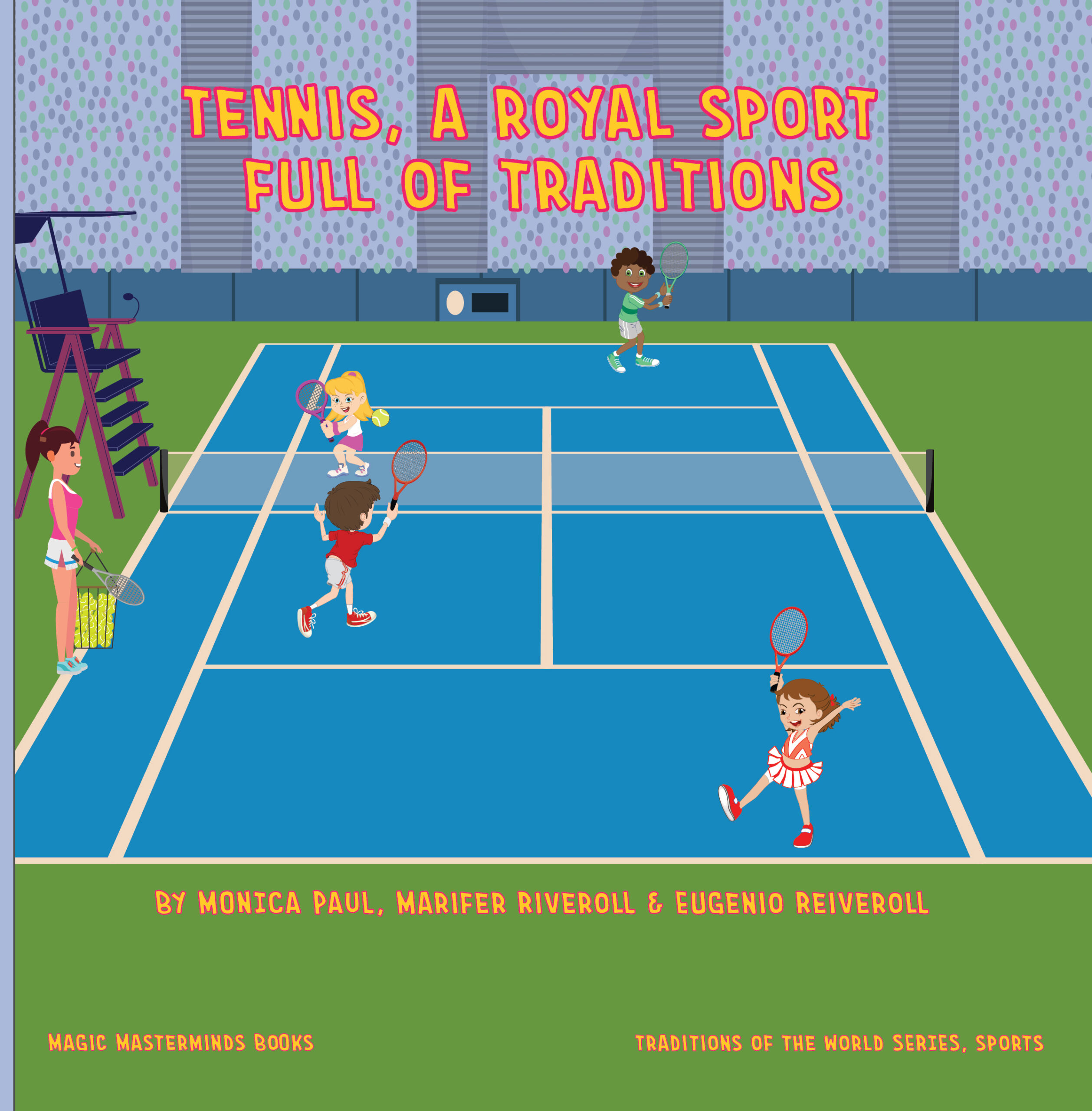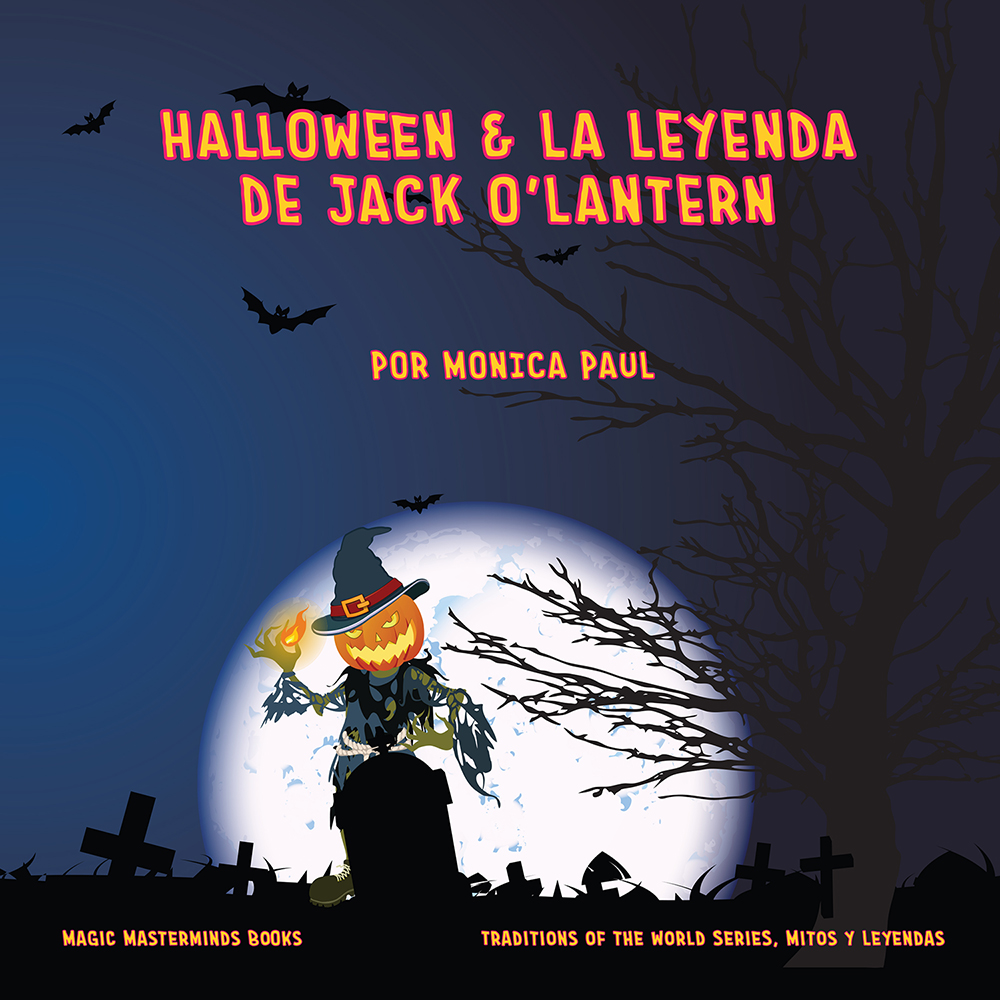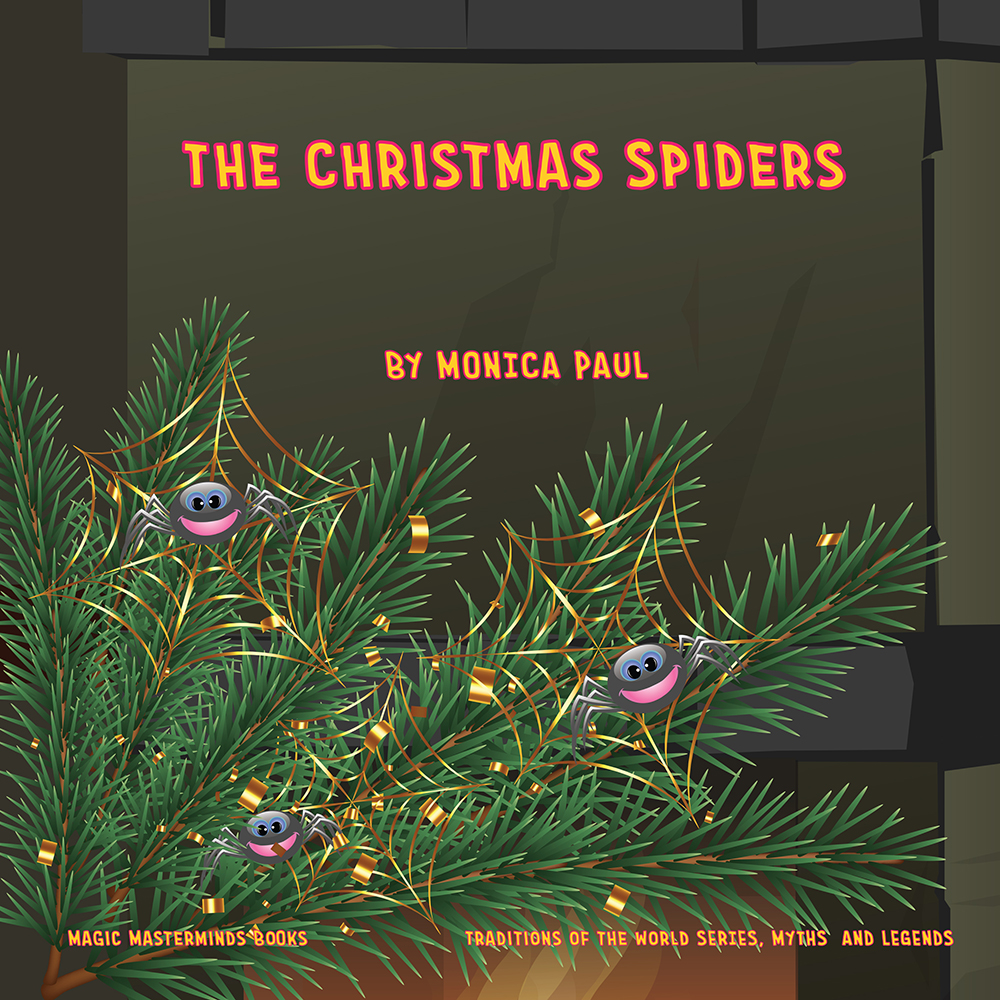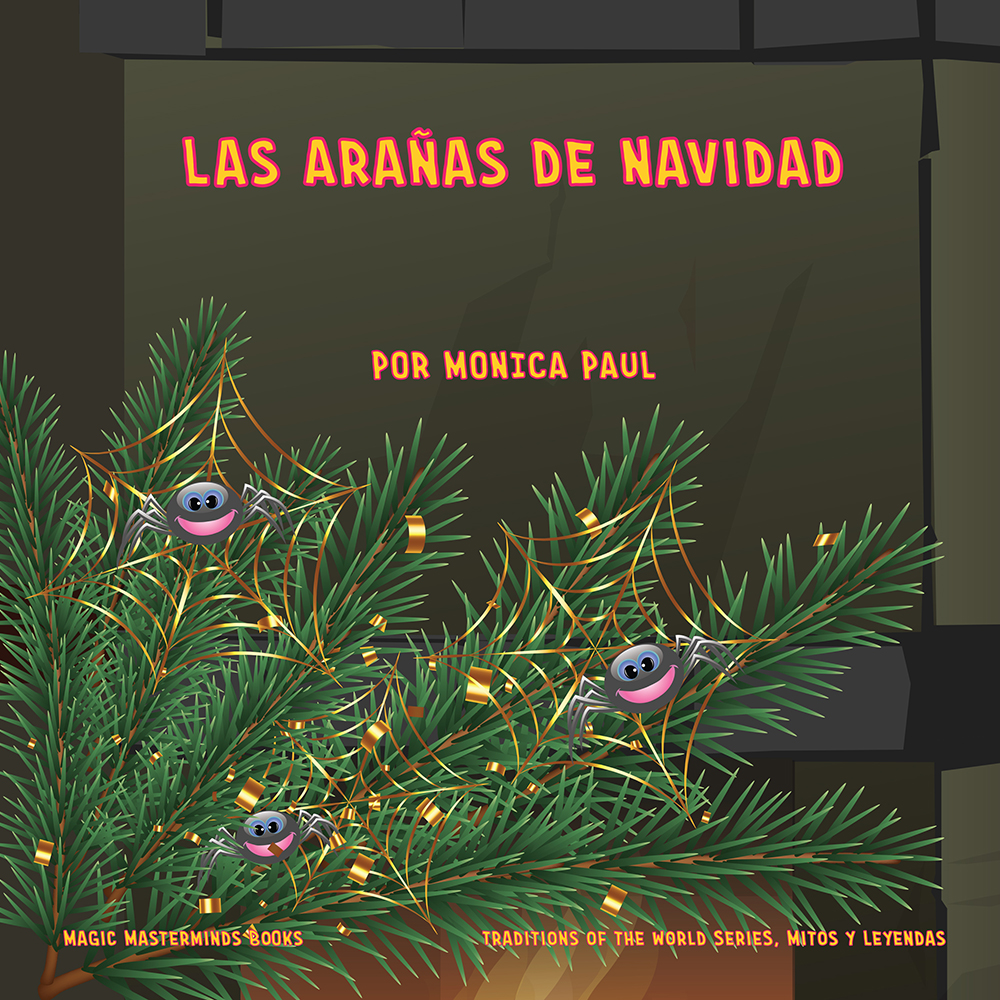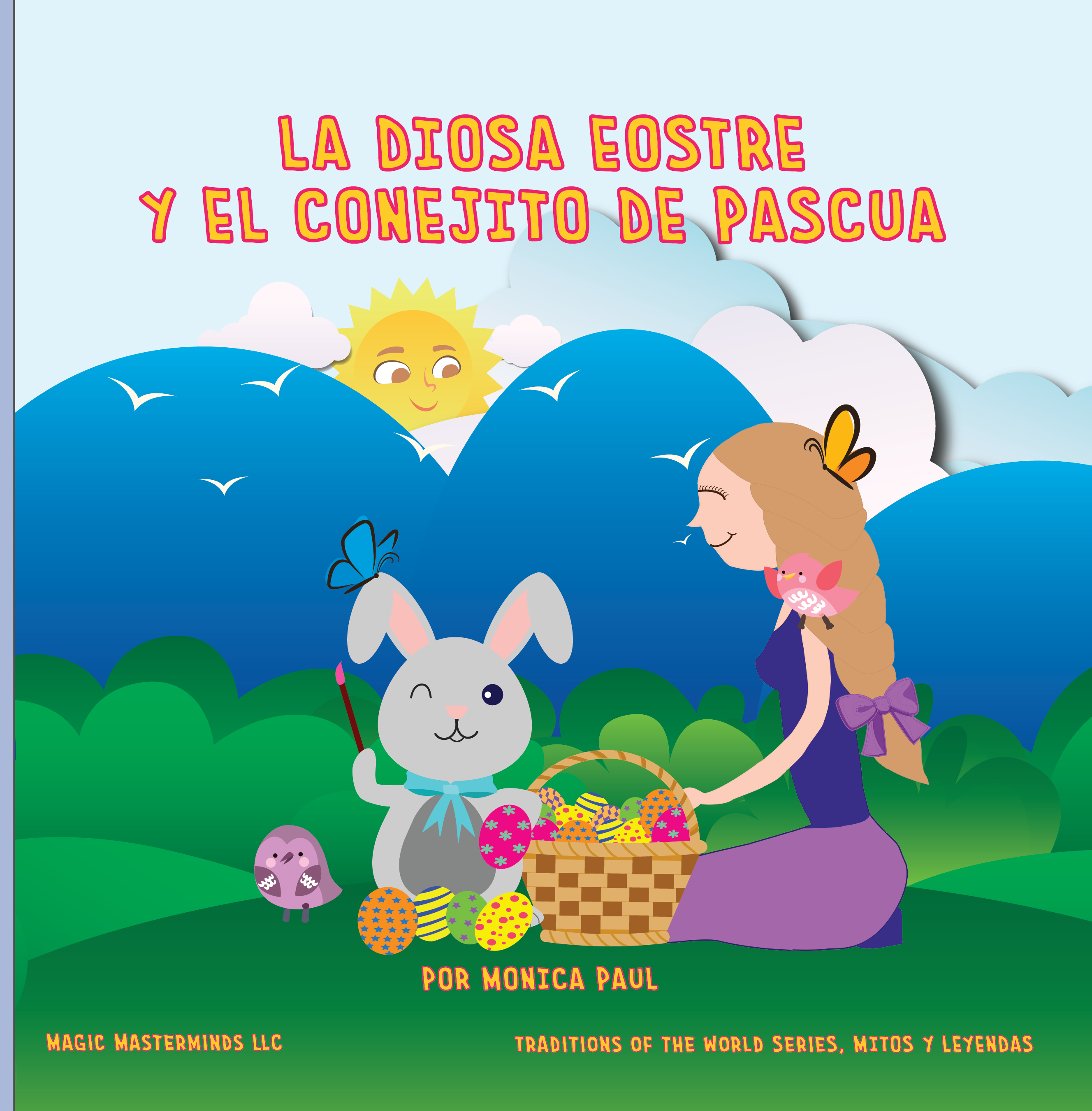Surface Design & Glaze
Difficulty: Intermediate
August 1 – September 15
Mondays @ 6-8pm
GODDESS EOSTRE AND THE EASTER BUNNY
Traditions of the World
Category: Myths and Legends
Get it Today!
Excerpt
In GODDESS EOSTRE AND THE EASTER BUNNY, Karilou, Bruce, and Alphonse will visit Eostre the day she magically starts spring.
Do you know why the Easter Bunny brings eggs? It’s an ancient story and a lovely tradition. Over the centuries, thousands of children worldwide have waited for the Easter Bunny every year.
This delightful Anglo-Saxon legend is about Eostre, the spring Goddess responsible for starting spring. She magically created the Easter Bunny. He visits children every year and brings gifts and joy to them when spring begins in the Northern Hemisphere.
Easter celebrations are always joyful; why not read the Easter Bunny story with your children, family, and friends? You can also download your Easter gift, a printable workbook to practice handwriting, and color decorations for your Easter parties.
The story of Eostre and the Easter Bunny was written using reliable sources such as the Library of Congress and Britannica.
The tradition series aims to playfully introduce myths and legends to children. The stories always come with an activity workbook so that children see learning as a happy experience.
